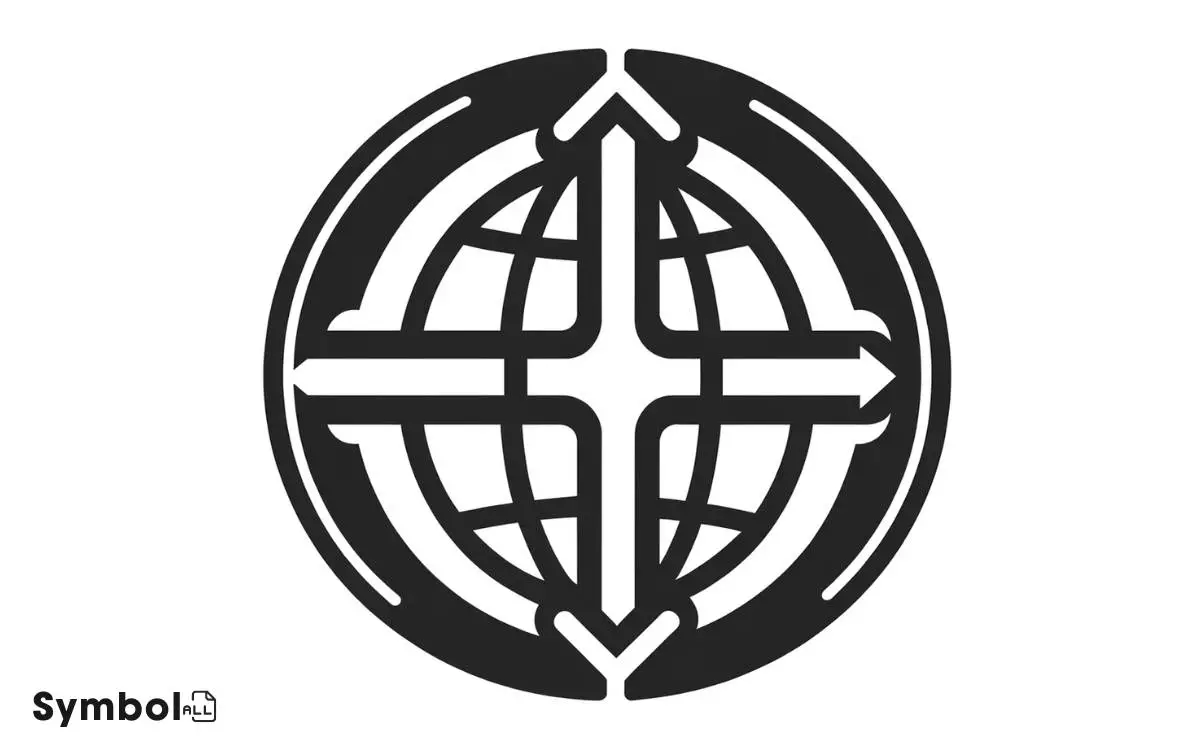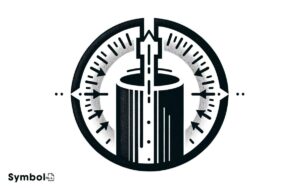Globe Valve Flow Direction Symbol: Correct Installation!
You must align a globe valve according to its flow direction symbol for peak performance. This symbol guides correct installation, preventing damage and ensuring the valve operates as designed.
Incorrect orientation can lead to reduced efficiency and increased wear, directly impacting the valve’s functionality and durability. It’s essential for precise flow management, especially in industrial settings requiring high accuracy in flow modulation.
Figures indicate the direction flow should follow through the valve, a critical factor for reducing pressure drop and preventing backflow.
By observing these guidelines, you extend the valve’s lifespan and enhance system reliability. Further exploration yields deeper insights into optimizing valve performance.

Key Takeaways
Understanding Globe Valves
One must appreciate that globe valves, characterized by their spherical body shape, regulate flow by varying the space between a movable disk and a stationary ring seat. This mechanism allows for precise control over the flow rate.
You’ll find the spherical chamber divides the valve into two halves, creating a barrier that can be adjusted for flow regulation.
The disk’s movement, either towards or away from the seat, decreases or increases the flow. This design not only facilitates precise throttling but also guarantees a tight shutoff when needed.
Understanding the operational intricacies of globe valves is vital for effective application, particularly in systems requiring precise flow management.
Their ability to modulate flow with high accuracy makes them indispensable in many industrial settings.
The Flow Direction Symbol Explained
Understanding the flow direction symbol on a globe valve is vital, as it indicates the correct installation orientation to ensure peak performance and prevent damage.
This symbol, typically an arrow or a combination of arrows and text, is engraved or stamped directly on the valve body. Its primary purpose is to denote the path fluid should take through the valve, ensuring that the valve operates as designed.
Misinterpreting this symbol can lead to reduced efficiency, increased wear, and potential failure of the valve. It’s essential to examine and comprehend this symbol before installation, as it directly influences the valve’s functionality and durability.
Accurate interpretation aligns with the valve’s intended engineering specifications, optimizing flow control and minimizing operational risks.
Installation Guidelines
After making sure you’ve accurately interpreted the flow direction symbol on your globe valve, it’s now vital to focus on proper installation guidelines to maximize efficiency and extend the valve’s lifespan.
Begin by examining the valve and piping for debris. Any foreign material can hinder functionality, so ensure cleanliness.
Align the valve with the flow direction, following the symbol’s indication. This alignment is essential for reducing pressure drop and preventing backflow, which can cause damage.
Next, secure the valve using appropriate fittings, avoiding over-tightening that might warp components. It’s important to maintain a straight alignment of the valve in the pipeline to prevent stress on the valve body.
Maintenance and Troubleshooting
To guarantee your globe valve operates efficiently and avoids premature failure, regular maintenance and prompt troubleshooting are essential. Maintenance involves periodic inspections, cleaning, and replacement of worn components.
Troubleshooting, on the other hand, requires identifying and rectifying specific issues hindering the best valve performance.
| Maintenance Task | Troubleshooting Issue |
|---|---|
| Inspect for wear | Leakage around stem |
| Clean valve components | Irregular flow patterns |
| Replace damaged parts | Unusual valve noises |
This table encapsulates key maintenance and troubleshooting activities. Inspecting for wear and replacing damaged parts prevent functional failures.
Cleaning preserves internal integrity. Troubleshooting tasks like addressing leakage, irregular flow, and unusual noises ensure the system’s reliability and efficiency. Adhering to these practices extends the valve’s lifespan and guarantees system safety.
Real-World Applications
Globe valves play a pivotal role in controlling fluid dynamics across various industries, including oil and gas, water treatment, and pharmaceuticals.
In the oil and gas sector, you’ll find these valves critical for regulating flow and pressure within pipelines and processing equipment, ensuring operational safety and efficiency.
Water treatment facilities rely on globe valves for precise control over water flow, essential for maintaining the right chemical balances and filtration rates.
In the pharmaceutical industry, the ability to manage fluid flow with high accuracy is vital for the production of medicines, where even slight variations can affect product quality.
Understanding the flow direction symbol of a globe valve is essential for correct installation and operation, enhancing system performance and reliability.
Conclusion
Now that you’ve navigated through the intricacies of globe valves, grasping the flow direction symbol should be as clear as a bell.
When installing, you’re equipped with the knowledge to guarantee peak performance, adhering strictly to the guidelines provided.
Maintenance and troubleshooting have become less challenging, with a clear path laid out.
Your engagement in real-world applications will now be marked by precision, leveraging your understanding like a seasoned engineer.
Remember, the devil is in the details, and your attention to them makes all the difference.






